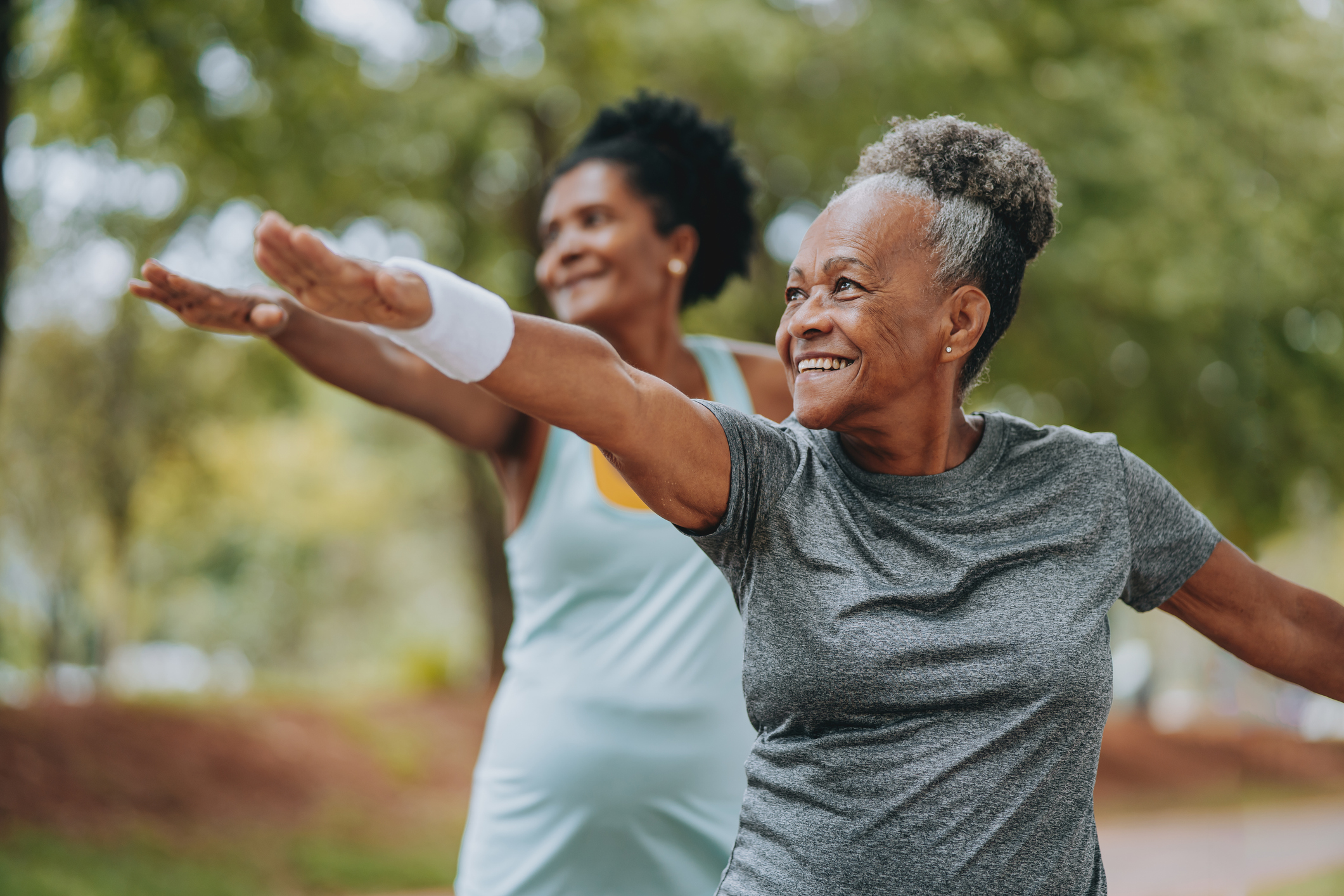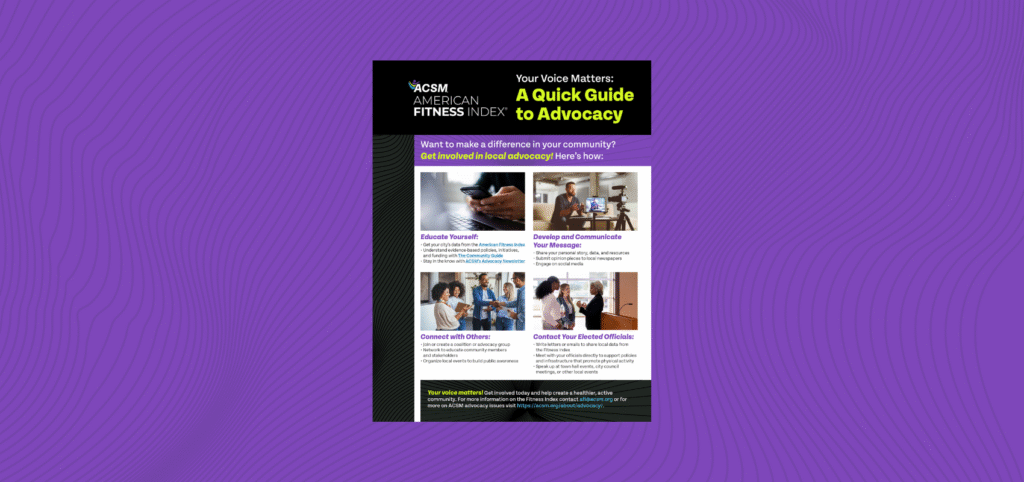The US Department of Health and Human Services (DHHS) released the second edition of the Physical Activity Guidelines for Americans on November 12, 2018. The guidelines are meant to to help Americans understand the types and amounts of physical activity that offer important health benefits.
#1 How many Americans meet the Physical Activity Guidelines?
In 2017, only about 20% of high school students and 25% of adults reported getting enough physical activity to meet the aerobic and muscle-strengthening guidelines.
#2 How much physical activity do school-aged youth and adults need?
The guidelines for children and adolescents are as follows:
- It is important to provide young people opportunities and encouragement to participate in physical activities that are appropriate for their age, that are enjoyable and that offer variety.
- Children and adolescents aged six through 17 years should do 60 minutes or more of moderate-to-vigorous physical activity daily:
- Aerobic: Most of the 60 minutes or more per day should be either moderate- or vigorous-intensity aerobic physical activity and should include vigorous-intensity physical activity on at least three days a week.
- Muscle-strengthening: As part of their 60 minutes or more of daily physical activity, children and adolescents should include muscle-strengthening physical activity on at least three days a week.
- Bone-strengthening: As part of their 60 minutes or more of daily physical activity, children and adolescents should include bone-strengthening physical activity on at least three days a week.
The guidelines for adults are as follows:
- Adults should move more and sit less throughout the day. Some physical activity is better than none. Adults who sit less and do any amount of moderate-to-vigorous physical activity gain some health benefits.
- For substantial health benefits, adults should do at least 150 minutes to 300 minutes a week of moderate-intensity, or 75 minutes to 150 minutes a week of vigorous-intensity aerobic physical activity, or an equivalent combination of moderate- and vigorous-intensity aerobic activity. Preferably, aerobic activity should be spread throughout the week.
- Additional health benefits are gained by engaging in physical activity beyond the equivalent of 300 minutes of moderate-intensity physical activity a week.
- Adults should also do muscle-strengthening activities of moderate or greater intensity and that involve all major muscle groups on two or more days a week, as these activities provide additional health benefits.
See Physical Activity Guidelines for Americans, 2nd Edition for additional key guidelines for the following populations:
- Preschool-aged children.
- Older adults.
- Women during pregnancy and the postpartum period.
- Adults with chronic health conditions and adults with disabilities.
- Safe physical activity.
#3 To meet the current Physical Activity Guidelines, do Americans need to be more or less active compared to what was first recommended in 2008?
The new evidence reinforces the amounts and types of physical activity recommended for youth and adults in the first edition of the Guidelines, released in 2008. The total amount of physical activity didn’t change in the second edition of the Guidelines. However, unlike the 2008 Guidelines, with the current Guidelines, moderate- and vigorous-intensity physical activity no longer needs to occur in bouts of at least 10 minutes to count towards meeting the adult aerobic activity guideline.
#4 What has changed in this second edition of the Guidelines?
This second edition of the Guidelines reflects the extensive amount of new knowledge gained since the 2008 release of the first edition of the Guidelines. This second edition of the Guidelines discusses the proven benefits of physical activity and outlines the amounts and types of physical activity recommended for different ages and populations. For example, new aspects include discussions of:
- Immediate and longer-term benefits for how people feel, function and sleep after being physically active.
- Additional health benefits of physical activity related to brain health, additional cancer sites and fall-related injuries.
- Further benefits of being active among older adults and people with additional chronic conditions.
- Risks of sedentary behavior and their relationship with physical activity.
- Guidance on activity levels for preschool children aged three through five years.
- Elimination of the requirement for physical activity of adults to occur in bouts of at least 10 minutes.
- Tested strategies that can be used to get the population more active.
#5 Where can I find more information?
Learn more about the latest Physical Activity Guidelines for Americans. You can also explore the Move Your Way for interactive tools (like the one below), motivational videos, and helpful tips to make it easier to move more and sit less. Remember, physical activity can make you feel better right away including:
- Boosting your mood,
- Sharpening your focus,
- Reducing your stress, and
- Improving your sleep.
Author: Kathleen B. Watson, PhD




